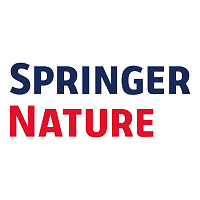Protective immunity relies upon T cell differentiation and subsequent migration to target tissues. Similarly, immune homeostasis requires the localization of regulatory T cells (Tregs) to the sites where immunity takes place. While na < ve T lymphocytes recirculate predominantly in secondary lymphoid tissue, primed T cells and activated Tregs must traffic to the antigen rich non-lymphoid tissue to exert effector and regulatory responses, respectively. Following priming in draining lymph nodes, T cells acquire the 'homing receptors' to facilitate their access to specific tissues and organs. An additional level of topographic specificity is provided by T cells receptor recognition of antigen displayed by the endothelium. Furthermore, co-stimulatory signals (such as those induced by CD28) have been shown not only to regulate T cell activation and differentiation, but also to orchestrate the anatomy of the ensuing T cell response. We here review the molecular mechanisms supporting trafficking of both effector and regulatory T cells to specific antigen-rich tissues.

Mechanisms of T cell organotropism
Review badges
0 pre-pub reviews
0 post-pub reviews